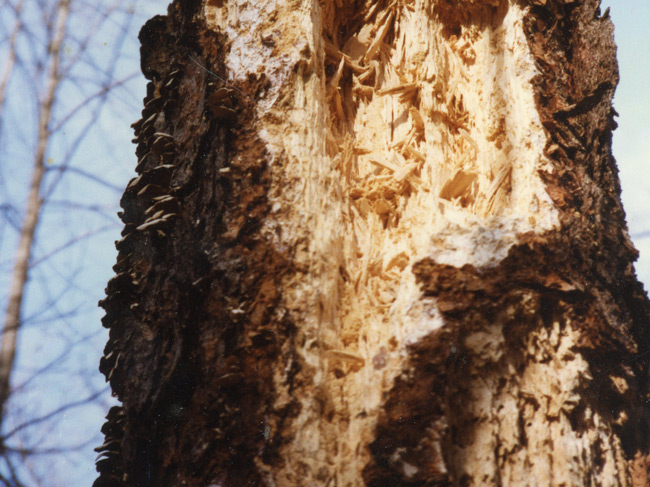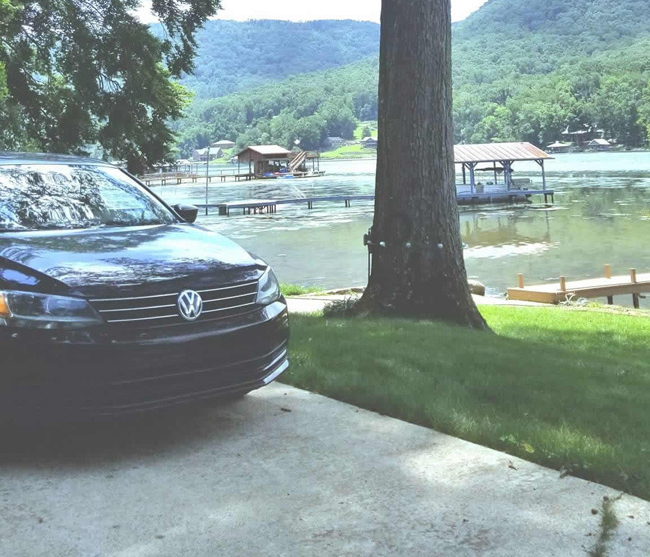- Tree Removal
- Tree Pruning
- Storm Damage
- Stump Removal
- Tree Repair and Maintenance
- Emergency Tree Service
Chattanooga Tree Repair, Maintenance and Treatments
People unintentionally cause most damage to trees in urban and suburban areas. Cars, heavy equipment and lawn mowers rolling over roots or hitting the trunk can cause damage to a tree. That is why you will often see dead trees about a year after a new house has been constructed. If a tree is in the area in which heavy equipment was moving around, the tree's root structure will be damaged. Tree roots go out about as far as their limbs depending on the species, so give them a wide berth when possible.
Naturally-occurring tree damage is commonly caused by lightning, storms, impacts, abrasions, animals, insects and fire.

Damage that breaks the bark exposes the tree to organisms (bacteria, fungi and insects) and diseases that can cause infestation, discoloration and decay. Decay can reduce the life span of a tree. Decay can't be cured, but proper tree care by experienced professionals can limit the progress of decay in a damaged tree.
Trees naturally isolate decaying tissue and attempt to close the wound. Proper treatment for damaged trees encourages the limiting of decayed tissue, callus growth and wound closure.
Dead, dying, and broken branches should be removed by pruning. A tree should also be be trimmed to cut off dangerous branches and to control the size of the tree. Pruning should be used only when necessary because the cuts provide possible entry points for organisms or disease. The best time for pruning is in the winter when problematic organisms are less active and trees are dormant. It is preferable to thin trees, rather than to top them. Topping removes too much of the leaf-production area, possibly causing trees to die. The greatest risk for this is when the trees are large and mature.
Trunk damage that goes through the bark damages the ability of the tree to move water and nutrients, potentially killing the tree. If less than 25% of the bark around the trunk has been wounded, the tree will likely recover. Trees with split trunks or major limb forks damaged may possibly be salvaged if the split is not too extensive. Repairing this type of damage may involve a cable and brace technique that should be left to professionals. If decay or structural problems are suspected, contact us today.

Any tree that has been damaged and is recovering should be fertilized using a high quality tree fertilizer. We use Mauget fertilizer injections and root feedings to help trees recover quickly. Also, if trees are showing signs of die-back (tips of the limbs are dying), this is a sign of insufficient water, or root stress. Injections can help, but correct watering of a tree during dry spells is necessary to save the tree. During dry spells, a tree needs to be watered for 4-5 hours once a week. A sprinkler should be placed so that the roots that are 10-15 feet from the trunk of the tree receive water.
If you have a property with trees in need of repair, maintenance or treatment give us a call at (423) 899-5753 for a free quote.